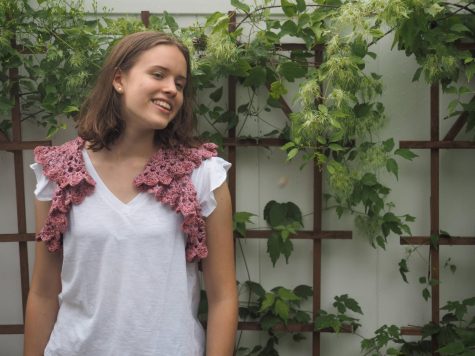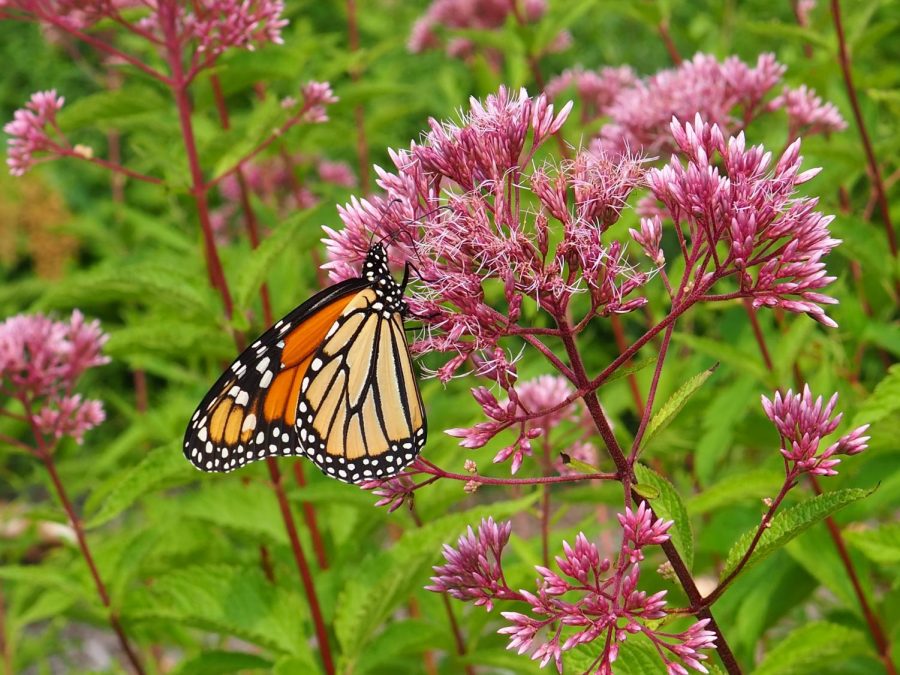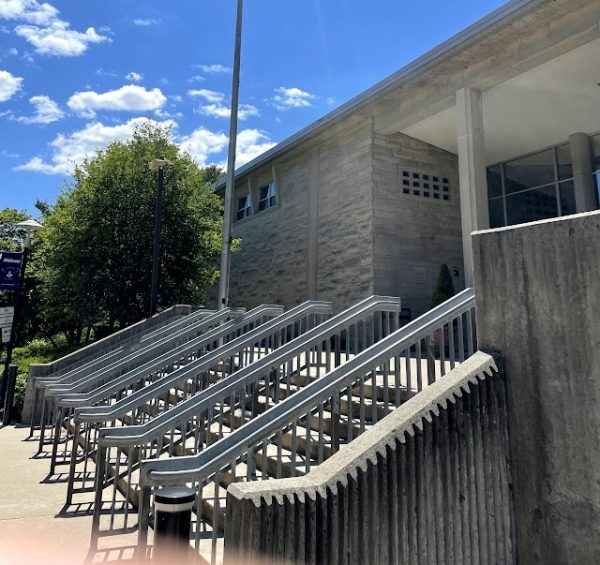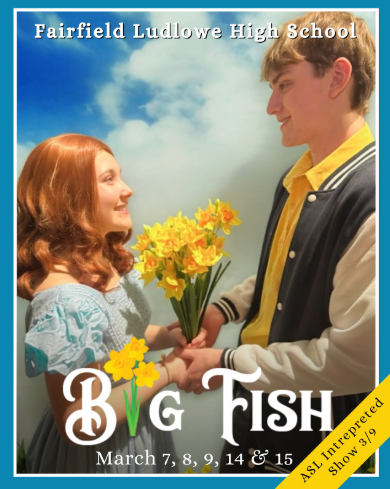Aspetuck Wildflower Preserve: Exploring Nature Close to Home
“There is no companion as companionable as [the] solitude” found in nature, as the naturalist Henry David Thoreau writes in Walden. During quarantine, I have been observing plants and pollinators at the Aspetuck Wildflower Preserve in Southport. Located right across from the Pequot Library, this 0.31 acre property contains a variety of native plants. Not only has the project nurtured my love for nature, but it has also opened my eyes to the interconnectedness of plant and pollinator diversity in the ecosystem.
According to National Geographic, 40 percent of insect species worldwide are plummeting. Many factors are behind this decline, including habitat loss, the use of chemicals such as insecticides, climate change, invasive species, and parasites. Insects serve as the base of the food web. To reverse the decline of the rest of species, including birds, we must ensure their survival. Doug Tallamy, a professor of entomology and wildlife ecology at the University of Delaware, cites in The New York Times that one clutch of chickadees needs 6,000 to 9,000 caterpillars to survive. In his research, native plants like white oak can sustain hundreds of insects, while ornamental plants only support a handful of species.
In addition, approximately three-quarters of flowering plants are pollinated by insects such as bees, butterflies, beetles, and flies. While honey bees are ubiquitous in conservation, and they hold a special place in my heart as a beekeeper, there are at least 16,000 different species of bees worldwide that also have important ecological roles.
As Tallamy notes, the prevalence of lawns and ornamental plants in the suburban landscape has led to habitat fragmentation and reduced insect biodiversity. Not all of the land in Fairfield can be protected as an open space like the Aspetuck Wildflower Preserve. However, the Aspetuck Land Trust’s Green Corridor Initiative gives homeowners a unique opportunity to bring the beauty and ecological productivity of the Preserve’s native plants home.
During March, I observed marsh marigold (Caltha palustris), one of the first nectar sources for bees in early spring. Spring beauty (Claytonia virginica) blossoms unfolded in April. Its pink stripes and filaments direct insects to the nectar by reflecting ultraviolet radiation.
In May, wild geranium (Geranium maculatum) appeared, a species with bright blue pollen that attracts insects. I also observed the mayapple (Podophyllum peltatum), a plant that only has a single flower and forms dense colonies at the preserve.
The highlight in June was swamp milkweed (Asclepias incarnata), a host plant for the Monarch butterfly. Milkweed feeds the butterfly larvae and provides nectar for butterflies before their annual migration to Mexico. The Wildflower Preserve is a designated Monarch Waystation.
Did you know the plant called jewelweed or Impatiens capensis is a topical antidote to poison ivy? Jewelweed attracted bees, butterflies, flies and hummingbirds to the preserve during July. When ripe, the seed capsule can explode at the slightest touch, dispersing the seeds several feet in all directions.
Throughout July and August, I monitored pollinator species with an environmental educator from Stratford through UConn’s Conservation Training Partnership Program. Each week, we chose three plant species within a five-foot by five-foot sample area to observe, and recorded the number of pollinators that landed on the flowers during a five-minute window. We also recorded environmental variables such as temperature, wind speed, cloud cover, humidity, the date of last precipitation, and disturbance, which influence pollinator activity. Hedge bindweed, Joe Pye weed, goldenrod, common boneset, and white wood aster attracted the most pollinators.
The environmental educator and I recorded 12 native bees, one honey bee, one fly, and ten other species on August 5, all on a sample area with seaside goldenrod (Solidago sempervirens). Honey bees frequently collect large amounts of goldenrod nectar, which can contain high sugar concentrations, as a food source for winter.
Common boneset (Eupatorium perfoliatum) attracts numerous species with its fragrant flowers and highly accessible nectar. Its seeds can also supplement the diet of the swamp sparrow. On August 12, we observed six native bees, one honey bee, two butterflies, two flies, and two other species on the plant.
On August 20, we observed the highest pollinator abundance on Joe Pye weed (Eutrochium maculatum), which provides continuous bloom at a time when many other species have stopped flowering. The plant had 28 native bees, two honey bees, one butterfly, and two other visitors. During its peak flowering period in the midsummer, we also observed 23, 13, and eight pollinator species on the plant. White wood aster (Eurybia divaricata) had ten native bees, one fly, and one other species on the same date. Native to dry open woods, white wood aster grows vigorously in the shade. It is the host plant of the pearly crescent and checkerspot butterflies.
As our observations from the preserve demonstrate, native plants support biodiversity. The Aspetuck Land Trust, which maintains the Wildflower Preserve and 144 other open spaces in Westport, Fairfield, Weston, and Easton, encourages homeowners to plant native plants as part of its Green Corridor Initiative. The Initiative focuses on both habitat protection and land stewardship. They want homeowners to move toward more sustainable land care practices, envisioning their yards not as grass monocultures but as living stepping stones for wildlife. When homeowners plant natives, rethink their lawns, and avoid pesticide and herbicide use, they can protect the survival of insects essential to the food web.
All of the plant species mentioned in this article are native to Connecticut. This year, my family established a pollinator garden next to our beehives to further the Aspetuck Land Trust’s vision of “connecting landscapes, one yard at a time.” Consider gardening with native plants next summer to discover the same solace that we have found in nature and support a more sustainable future.
For more information on the Aspetuck Wildflower Preserve, please visit Harper’s blog. To learn about the Green Corridor Initiative, check out the Aspetuck Land Trust’s website. Tour the Preserve on 360 Westway Road in Southport to see wildflowers and pollinators for yourself!

Harper is the current Editor in Chief of Prospect. Harper served as the Opinions Editor of the paper during the 2019-2020 school year. This is her fourth...






